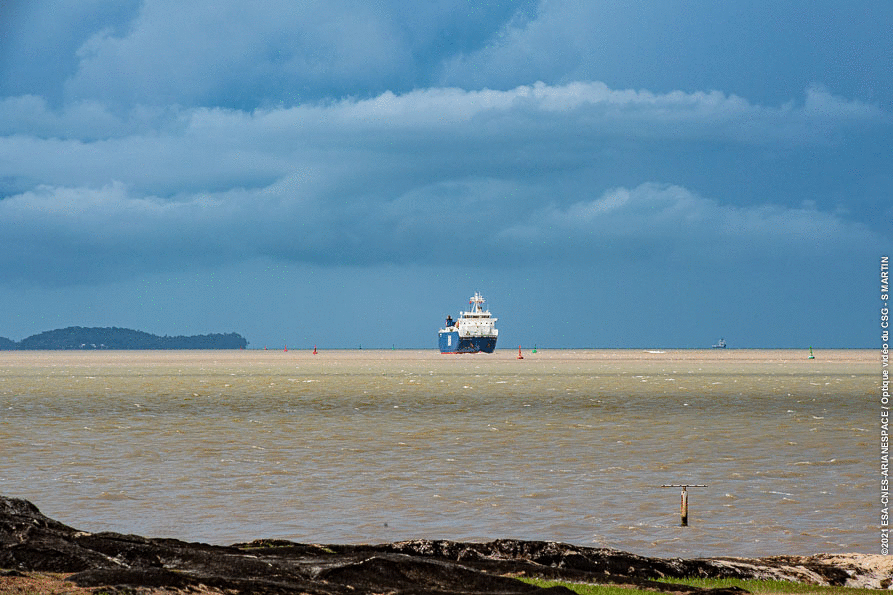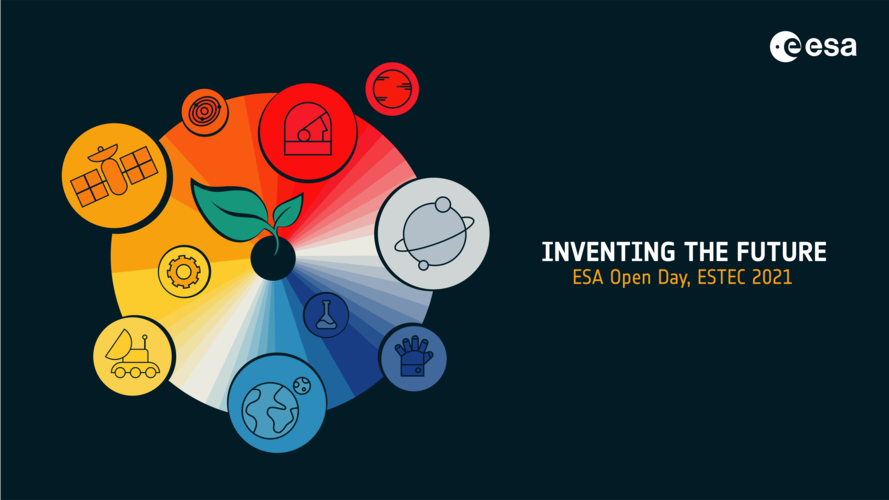
Copernical Team
Space Health Institute launches the first commercial spaceflight medical research program
 The Translational Research Institute for Space Health (TRISH) at Baylor College of Medicine has announced the first-of-its-kind research platform to study human health and performance in private spaceflight participants. Working with commercial spaceflight providers and their passengers, TRISH's EXPAND (Enhancing eXploration Platforms and Analog Definition) Program will collect in-flight health
The Translational Research Institute for Space Health (TRISH) at Baylor College of Medicine has announced the first-of-its-kind research platform to study human health and performance in private spaceflight participants. Working with commercial spaceflight providers and their passengers, TRISH's EXPAND (Enhancing eXploration Platforms and Analog Definition) Program will collect in-flight health Gaofen 5-02 satellite launched from Taiyuan
 China launched the Gaofen 5-02 Earth-observation satellite on Tuesday morning at the Taiyuan Satellite Launch Center in Shanxi province, according to the China National Space Administration.
The administration said the satellite was carried by a Long March 4C carrier rocket that blasted off at 11:01 am and then successfully entered orbit, marking the deployment of the 24th Gaofen-series sp
China launched the Gaofen 5-02 Earth-observation satellite on Tuesday morning at the Taiyuan Satellite Launch Center in Shanxi province, according to the China National Space Administration.
The administration said the satellite was carried by a Long March 4C carrier rocket that blasted off at 11:01 am and then successfully entered orbit, marking the deployment of the 24th Gaofen-series sp China develops prototype Mars helicopter
 The newly developed and recently unveiled prototype miniature helicopter drone, a possible means to support China's Mars missions, is designed to become a navigator for the Mars rover. It will greatly boost the latter's ability to explore valuable targets on the surface of the Red Planet, the project leader said on 6 September.
The newly developed and recently unveiled prototype miniature
The newly developed and recently unveiled prototype miniature helicopter drone, a possible means to support China's Mars missions, is designed to become a navigator for the Mars rover. It will greatly boost the latter's ability to explore valuable targets on the surface of the Red Planet, the project leader said on 6 September.
The newly developed and recently unveiled prototype miniature Rocket flight to sharpen NASA's study of the Sun
 It's best not to look directly at the Sun, unless you're one of NASA's Sun-observing instruments. And even then, doing so will cause some damage. Exposure to the Sun degrades light sensors of all kinds, from the retinas in the human eye to instruments aboard NASA's Solar Dynamics Observatory satellite, or SDO. Fortunately, with periodic calibrations, the latter can continue transmitting high-qua
It's best not to look directly at the Sun, unless you're one of NASA's Sun-observing instruments. And even then, doing so will cause some damage. Exposure to the Sun degrades light sensors of all kinds, from the retinas in the human eye to instruments aboard NASA's Solar Dynamics Observatory satellite, or SDO. Fortunately, with periodic calibrations, the latter can continue transmitting high-qua Mars: Perseverance rover takes a sample, Ingenuity notches 13th flight
 NASA's Mars rover Perseverance has drilled and encapsulated the first rock sample ever taken on another planet, while the accompanying helicopter Ingenuity has completed its 13th flight.
The mission reached both milestones over the Labor Day Weekend - the flight was completed Saturday and the drilling Monday.
The rock sample was imaged by the rover's instruments and stored in an
NASA's Mars rover Perseverance has drilled and encapsulated the first rock sample ever taken on another planet, while the accompanying helicopter Ingenuity has completed its 13th flight.
The mission reached both milestones over the Labor Day Weekend - the flight was completed Saturday and the drilling Monday.
The rock sample was imaged by the rover's instruments and stored in an Space industry grapples with COVID-19-related oxygen fuel shortage
 A pandemic-related shortage of a key rocket propellant, liquid oxygen, could force rocket launches to be postponed in coming months, possibly delaying important scientific and national defense missions, industry observers said.
In fact, NASA has pushed back the launch of its Landsat 9 climate and land use satellite from California one week to Sept. 23 because of delivery problems for re
A pandemic-related shortage of a key rocket propellant, liquid oxygen, could force rocket launches to be postponed in coming months, possibly delaying important scientific and national defense missions, industry observers said.
In fact, NASA has pushed back the launch of its Landsat 9 climate and land use satellite from California one week to Sept. 23 because of delivery problems for re Inflight call with Thomas Pesquet
 Video:
00:18:05
Video:
00:18:05
Thomas Pesquet took part in a discussion with the EU Commissioner for Internal Market Thierry Breton, and the EU Commissioner for Environment, Oceans and Fisheries Virginijus Sinkevicius. The inflight call took place during their visit to ESA’s European Space Research and Technology Centre (ESTEC) in the Netherlands, where they were accompanied by ESA Director General Josef Aschbacher.
Ariane 5 elements for Webb launch reach Europe's Spaceport
 Image:
Elements of the Ariane 5 rocket to launch the James Webb Space Telescope arrived safely in French Guiana from Europe on 3 September 2021
Image:
Elements of the Ariane 5 rocket to launch the James Webb Space Telescope arrived safely in French Guiana from Europe on 3 September 2021 ESA Open Day invites people with disabilities – plus virtual event for all

The tenth annual ESA Open Day is confirmed for the weekend of 2-3 October. A combination of in-person and virtual events, this is your chance to meet Europe’s astronauts and space experts and see spacecraft, hardware and test equipment in close-up. On Saturday people with disabilities will have a special chance to tour ESA’s ESTEC technical centre in the Netherlands, while the following day’s virtual event will be open to all.
The first cells might have used temperature to divide
 A simple mechanism could underlie the growth and self-replication of protocells-putative ancestors of modern living cells-suggests a study publishing September 3 in Biophysical Journal. Protocells are vesicles bounded by a membrane bilayer and are potentially similar to the first unicellular common ancestor (FUCA). On the basis of relatively simple mathematical principles, the proposed model sug
A simple mechanism could underlie the growth and self-replication of protocells-putative ancestors of modern living cells-suggests a study publishing September 3 in Biophysical Journal. Protocells are vesicles bounded by a membrane bilayer and are potentially similar to the first unicellular common ancestor (FUCA). On the basis of relatively simple mathematical principles, the proposed model sug 